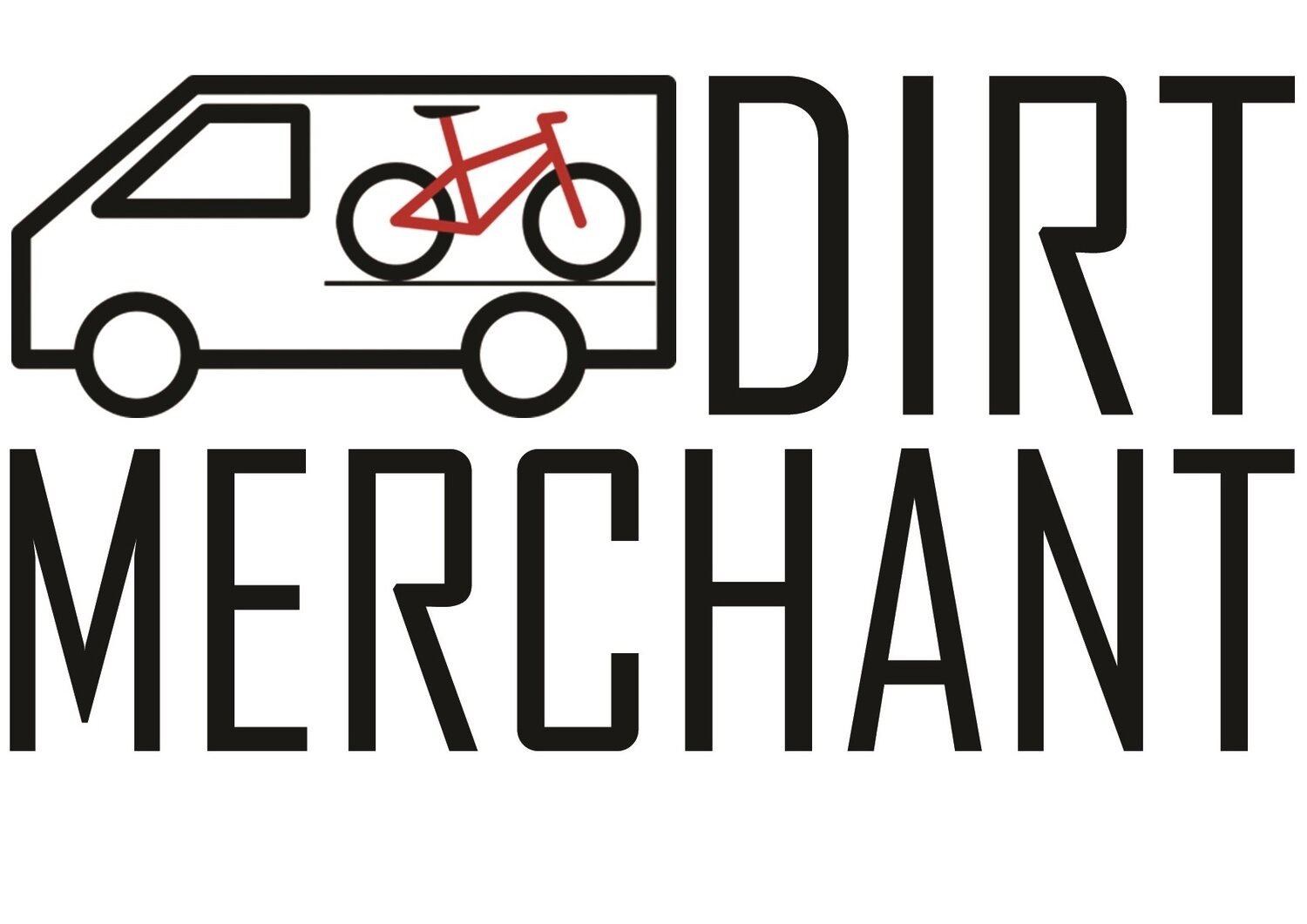There's a lot of hype out there about carbon fiber wheels. As we do with the other products , we're here to tell you what carbon fiber wheels can do for you and what they won't do.
WHAT WON'T CARBON FIBER WHEELS DO?
1. Improve your climbing/Reduce weight on your bike: Well, carbon fiber wheels will help you reduce some weight but not nearly as much as you might imagine. This is a weight comparison between a set of Stans Arch EX wheels and a set of Enve M60 wheels. (Weight of the Stans Arch wheel have been adjusted to factor in the lighter weight of the DT240 hubs & heavier weight of the SLX cassette used on the Enve wheelset)
Stans Arch EX 27.5"/DT350 hubs/Hans Dampf tire (f), Nobby Nic (2015) tire (r), XT cassette:
F: 1860 g (adjusted weight is 1850g accounting for a 10g lower weight for a DT240 vs a DT 350 hub)
R: 2220g (adjusted weight is 2190g accounting for a 60g lower weight for a DT240 vs a DT 350 hub, and a 30g higher weight of a SLX cassette vs an XT cassette)
Enve M60 27.5"/DT240 hubs/Hans Dampf tire (f), Nobby Nic (2015) tire (r), SLX cassette
F: 1750g
R: 2130g
Weight Reduction for the Enve wheelset vs the Stans Arch EX wheelset:
Front: 100 grams
Rear: 90 grams
Total: 190 grams (or 0.4 lbs)
0.4 lbs is not insubstantial, but not is a huge difference from a relatively light all-mountain wheelset using the Stans Arch EX
2. Be more comfortable than aluminum rims: The Enves are stiff! You'll realize how much compliance a standard aluminum rim provides you after you ride a carbon fiber rim.
WHAT WILL CARBON FIBER WHEELS DO?
Carbon fiber wheels have some specific benefits that may fully justify their price:
1. Carbon fiber wheels improve steering and control: With the move to thicker head tubes, beefier headsets & stouter fork legs, the wheel has become the weak link in terms of flexibility. Moving from an aluminum rim such as the Stans Arch EX to the Enves results in a greatly improved sense of control and connection to the tires. The amount of communication that you are receiving about what your tires are doing is greatly enhanced by the lateral rigidity of a carbon fiber wheel. For aggressive and/or big riders, carbon fiber wheels can add an additional margin of security and control.
2. Carbon fiber wheels are tougher: With their stiffness and strength, quality carbon fiber rims can add an degree of indestructability over a aluminum rim.
So, are carbon fiber wheels worth their price? For aggressive riders, the amount of increased steering control that carbon fiber can provide may be an excellent reason to do a wheel upgrade. For lighter and less aggressive descenders, the value of carbon fiber wheels is less clear.
Dirt Merchant Bikes can help you make the decision as to whether carbon fiber wheels are right for you. We currently have a pair of Enve M60 wheels available for demo and are in the process of getting additional brands of carbon fiber wheels to add to our demo fleet to allow comparison of different brands and rim widths. The cost of wheel demos can be applied to a carbon fiber wheel purchase. Check out our demo options at: http://www.dirtmerchantbikes.com/demos/




















